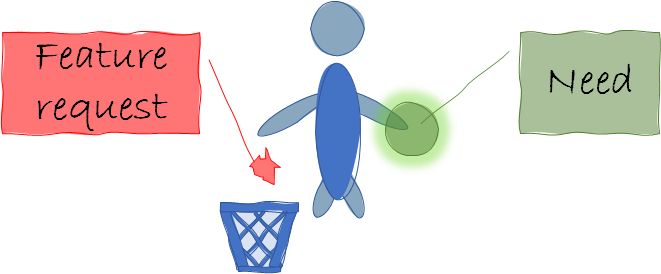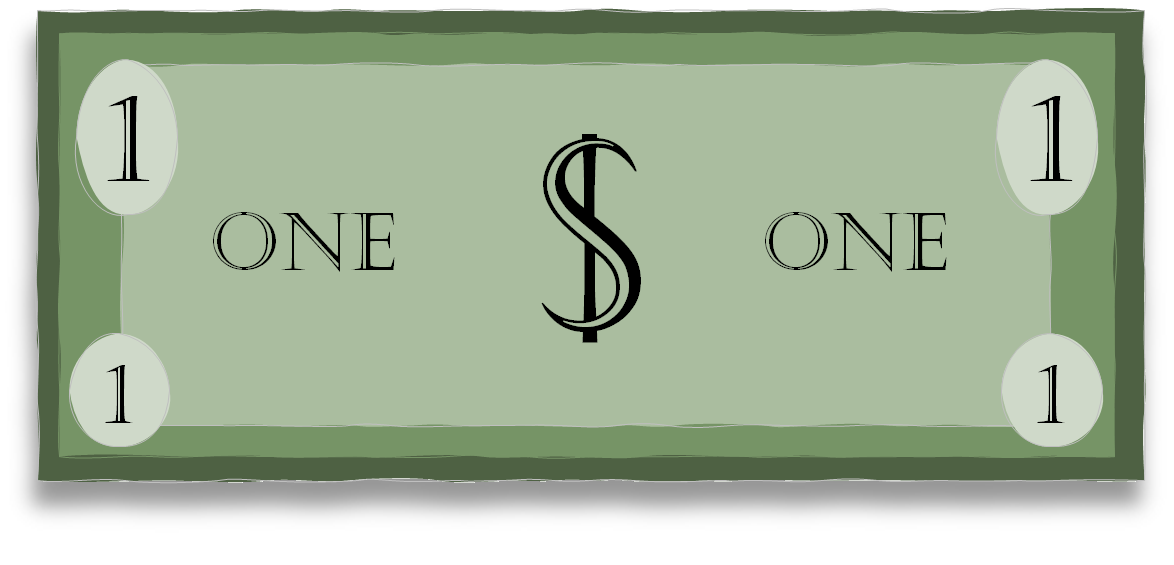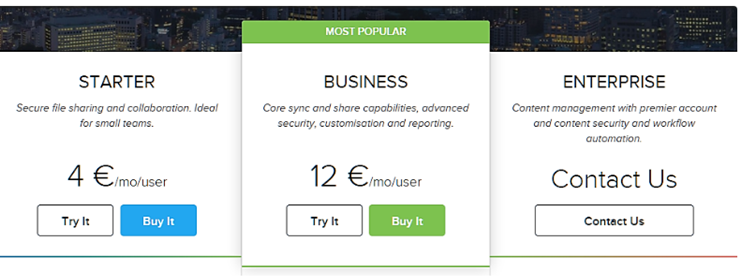
Paul Graham once said something that sounded like
People don’t know what they want until you show them what they don’t want.
Henry Ford once said (or they made him say)
If I had asked people what they wanted, they would have said faster horses.
Steve Jobs uttered
You can’t just ask customers what they want and then try to give that to them. By the time you get it built, they’ll want something new.
Those 3 guys successfully pioneered their industries both from a business and mindset standpoint. There is no doubt they got something right…
By those quotes, I’m not trying to reopen that perennial argument about whether you should or should not listen to customers. Rather I would like to focus on WHAT and WHO to listen to.
What should we listen to?
Feedback…
Q: What kind of feedback?
A: Whatever feedback that helps spot a pain point you are passionate about.

Q: What kind of feedback you should NOT listen to?
A: Feature requests, you bet!

Q: Why?
A: Because your product ends-up being a patch-work that over-promises (a ton of features) and under-delivers (complexity).

Q: What shall I do instead?
A: Two things: 1. listen to your customers’ pain points and 2. listen to their feature request, figure out what problem it solves, keep the problem and throw away the feature request.

Q: What kind of users shall I listen to?
A: Paying users of course… or those that bring the bucks by any means!

Q: Why not listen to free users?
A: Free users are free for a reason. They don’t see enough value in your product to be willing to pay. If you listen to them you integrate elements that are irrelevant to paying users. Is that what you want?
Wrong customers = wrong feedback
Q: Is there any risk associated with listening to pay users then?
A: Yes, by listening to pay users, you may end up losing your freedom!

Q: How is that possible?
A: Your most significant customers will dictate how your product will evolve. It’s natural to take “weighted feedback” from the 20% of customers that account for 80% of your revenue…

Q: That seems perfectly normal!?
A: Yes, it is normal but not good… You lose your freedom. You are a genius marketer… But do you have the freedom to go after what you believe in?
Q: What do Ford, PG & Jobs have in common?
A: Some sort of a rebel attitude that allows them to forcefully stand for what they believe in. But… Those guys are exceptions… So for most of us to behave as geniuses do, we need to enable ourselves.

Q: Enable?
A: Put yourself in the right context using a favorable pricing strategy.

VS.

Q: The first pricing example looks like a B2C pricing strat, what if I’m in B2B?
A: Unless you are going for enterprise sales and invoicing thousands of dollars for your product, you can still adopt this pricing strat with B2B customers. Just remove the “Contact us” option from your pricing page.
Q: I understand the need but it’s a significant revenue loss?!
A: Everything in life (and business) has a cost… Your freedom has a cost! Making the best product possible has a cost! It’s a priority call you have to make. If you don’t decide for yourself, the market will do it for you… The reason why newcomers overthrow established companies is that they are free. They are free from customers, technology, company culture…
Customers’ needs are the KING but… You are the BOSS… You decide for the solutions!
Q: Do you know of companies that have adopted this strategy?
A: Yes, Basecamp (project management & team communication), Haash (customer support made scalable).
Q: Do you know companies that failed because they lacked freedom?
A: YES, dramatically!!! One of the most significant examples is a company called General Magic.
Q: Um… I never heard of them?!
A: They had everything one would dream of to disrupt the mobile communication business:
. $300M in funding (Steve Jobs used only 150 to develop the iPhone).
. A dream-team of engineers (most of them worked on the iPhone, iPod, Android… later 🙂).
. Partnerships with top technology companies: Sony, Motorola, AT&T…
Q: What went wrong then?
A: They progressively drifted from their initial vision as they had to incorporate opinions and strategic constraints from their multiple partnerships.
Q: What do you mean by strategic constraints?
A: The whole story occurred in the 90s, when the internet came in they knew they had to integrate it somehow in their device but couldn’t. It would have been in direct competition with AT&T one of their partners.
As you noticed, this is not an article about pricing strategy…
This is about enabling yourself to behave as you would like yourself to behave.
If you want to be top-notch at what you do, you need to make the coherent decisions that lead you (and your team) in the right direction, pricing is one of them. But there are so many others: technology stack, IPO (dilution), big customers, VC…
Remember…
Yes, you are a genius marketer! But do you have freedom?

